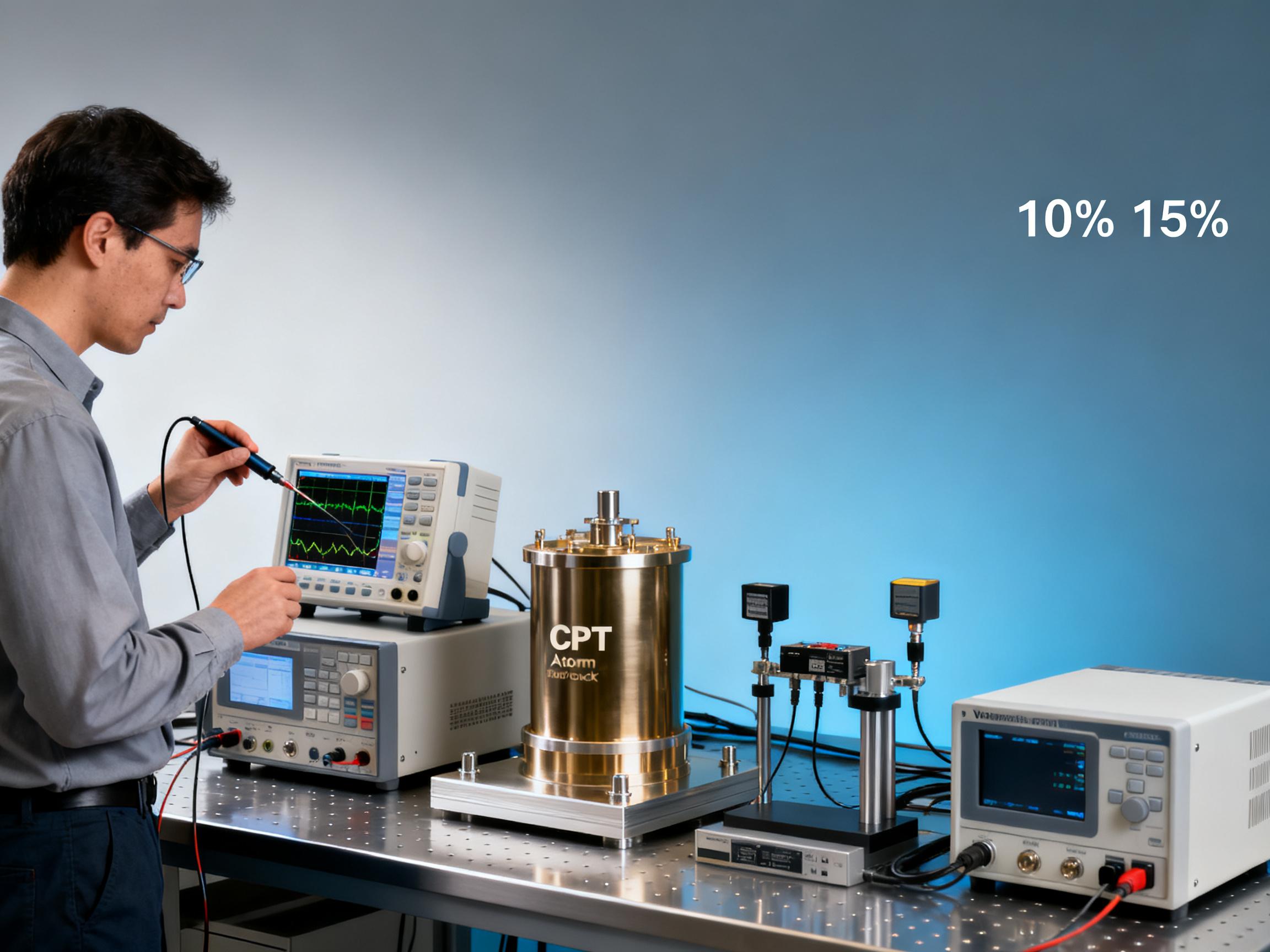RELATED
![How CPT Atomic Clocks Reduce OPEX in 5G Base Stations [Real Data] How CPT Atomic Clocks Reduce OPEX in 5G Base Stations [Real Data]](https://usimg.bjyyb.net/grey.png?x-oss-process=image/resize,m_fixed,w_800,h_600,limit_0) How CPT Atomic Clocks Reduce OPEX in 5G Base Stations [Real Data]2025-12-11
How CPT Atomic Clocks Reduce OPEX in 5G Base Stations [Real Data]2025-12-11 2024 CPT Atomic Clock vs Rubidium: Which Offers Better Stability for Telecom Networks?2025-12-08
2024 CPT Atomic Clock vs Rubidium: Which Offers Better Stability for Telecom Networks?2025-12-08 Live Demo Results: CPT Atomic Clock Performance Under Harsh Environmental Tests (Data Inside)2025-12-05
Live Demo Results: CPT Atomic Clock Performance Under Harsh Environmental Tests (Data Inside)2025-12-05 Budgeting for Precision: Total Cost of Ownership for a Rubidium Atomic Clock Over 5 Years2025-12-03
Budgeting for Precision: Total Cost of Ownership for a Rubidium Atomic Clock Over 5 Years2025-12-03
MESSAGE
The rubidium atomic clock is mainly composed of several modules, including single-chip microcomputer circuit, servo circuit, microwave frequency multiplication circuit, frequency modulation, and frequency multiplication integrated circuit. The rubidium frequency standard is a passive atomic frequency that uses the transition between the ground state hyperfine energy levels, and the corresponding transition frequency is 6834.682614MHz. The atomic transition acts as a frequency discrimination for the microwave signal and generates an error signal. The frequency of the excitation signal is locked to the atomic transition frequency through the phase-locked loop servo crystal oscillator, so that the frequency of the excitation signal is locked to the atomic transition frequency, achieving high stability and accuracy of the crystal oscillator output frequency.
The basic working principle of the rubidium clock is similar to that of the cesium clock, and both use the resonant frequency of the energy level transition as a reference. Atoms absorb or release electromagnetic energy according to the energy difference of different electron layers surrounding the nucleus. The electromagnetic energy here is discontinuous. When an atom transitions from a high "energy state" to a low "energy state", it releases electromagnetic waves. The characteristic frequency of this electromagnetic wave is fixed, which is what people call the resonant frequency. By using this resonant frequency as a metronome, atomic clocks can measure time. Rubidium clocks use optical pumping to select atoms, and the detection of resonance is accomplished by using a photodetector (photocell) to measure the transmission attenuation of the pumping light (stimulating atomic transitions) through the resonant cavity. When the microwave frequency is at the peak of the transition probability, the transmitted light wave is reduced by about 1% to 10%. Rubidium clocks are small in size, have a short warm-up time, and a long-term aging rate of 2×10-10/year. If the size is increased to improve performance parameters, a rubidium clock of the same size as a cesium clock will have almost the same performance as a cesium clock.
CONTACT US
Please use the form below to get in touch.
If you need a reply we will get in touch as soon as possible.

![How CPT Atomic Clocks Reduce OPEX in 5G Base Stations [Real Data] How CPT Atomic Clocks Reduce OPEX in 5G Base Stations [Real Data]](https://usimg.bjyyb.net/sites/91500/91958/1765179857856560163985903616.jpeg)



